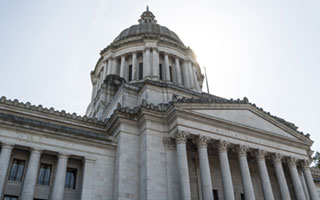By Axios
 After back-to-back quarters of GDP contracting, estimates so far point to an economy that is growing again—but slowly.
After back-to-back quarters of GDP contracting, estimates so far point to an economy that is growing again—but slowly.
With inflation soaring and the job market red-hot, the Federal Reserve is trying to engineer a sustained period of slower economic growth that, in theory, should ease price pressures. The early evidence for Q3, which ends in 11 days, shows that this slower-but-positive growth is occurring.
The open question for the Fed, as it heads into a policy meeting that concludes Wednesday, is whether that slowdown is enough to get the job done on fighting inflation or if the central bank will tilt toward even more aggressive rate increases.
The latest reading of the Atlanta Fed’s “GDPNow” forecasting model shows the economy expanding moderately in the current quarter. That estimate can swing wildly as data evolves. On Thursday, it dropped to an annualized 0.5% from 1.3%. That’s due, in part, to a soft reading of the retail sales “control group” that feeds into GDP calculations.
Other economists trimmed expectations for growth. On Friday, Bank of America, for instance, nudged its Q3 GDP tracker down by 0.3 percentage points to 0.8%. “Activity appears to be rebounding in the second half of the year off its first-half decline, but not by much,” economists at Bank of America wrote Friday.
The economy is weakening, but core inflation still sped up to 6.3% in August from the prior year. This dynamic may cause Fed officials to worry that inflation is becoming more embedded than they thought, says James Knightley, an economist at ING.
“The conclusion might then be that they need to raise rates even higher to generate an even sharper slowdown,” Knightley told Axios.





